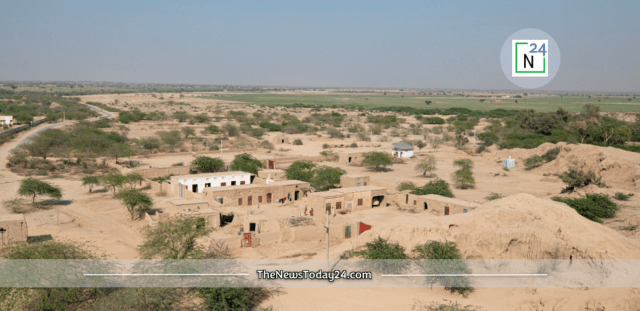Exuberant Wild life in Cholistan can be witnessed in the 26,300 km square Cholistan Desert, often referred to as Rohi locally, stretches out thirty km from Bahawalpur in Punjab, Pakistan. Cholistan is derived from the Turkish word chol, which means sand. As a result, Cholistan signifies Land of the Desert.
The inhabitants of Cholistan live a semi-nomadic lifestyle, travelling from one location to another in search of water and animal feed. The area is covered by the dry bed of the Hakra River, along which numerous Indus Valley Civilization towns have been discovered.
Tiloor (Houbara Bustard), which travels from the north each season, is the most respected visitor in the 10400 miles of arid land known as Cholistan.
One frequently finds Houbara Bustard feathers that have been murdered by poachers, or if they’re lucky, they can witness some of them flying. Houbara Foundation International is making a lot of effort to rescue the visitor bird, which is in danger of going extinct because of hunting.
In Cholistan, animals must blend in rather than hide. Since the majority of these species are timid and night-time, viewing them requires perseverance and a good set of binoculars. But the desert is a region with a remarkable animal world when it comes down to dust and sand. Exuberant Wild life in Cholistan is main reason of its beauty.
Desert lengths of sand are broken up by hillocks and plains of sand and gravel. In contrast to other deserts throughout the world, this arid region has a very rich variety of plant, human culture, and animal life because of the diverse environment and ecology. There are over 25 species of snakes and about 23 species of lizards in this area, many of which are indigenous to the area.
Some of Pakistan’s most unique and fascinating creatures can be found in the Cholistan region, which is located in the southern portion of Punjab. This region is home to a variety of animals, including the desert wolf (rare), red fox, jackal, little indian civet, little indian moongoose, and native indian greyish mongoose.
Native Indian Cat, Forest Cat, Caracal Cat, Chinkara Grazelle, Blackbuck, Nilgai Antelope, Houbara Bustard, Peregrine Falcon, Saker Falcon, Black Supported Vulture, Native Indian Cobra, Observe Reptile, Saw Scaly Viper, and Russells Viper are some examples of other animals that can be found in the area. Exuberant Wild life in Cholistan.
Wildlife and habitat Conservation
We are discussing key points of some wild animals in Cholistan.
Chinkara Antelope
Chinkara (ہرن) is a beautiful and majestic addition to Choistan. Chinkara is very swift and graceful in appearance. It can run very fast and even it can attain speed up to 80 Kilometers. The estimated population of Chinkara Antepole in Cholistan is around 1500. A few other key features of Chinkara area below:
- Adaptable to different terrains
- Threats: poaching, droughts.
- The conservations efforts have been a great success resulting in spectacular increase in the numbers.
- These beautiful antelopes can be seen now, in most part of Cholistan.
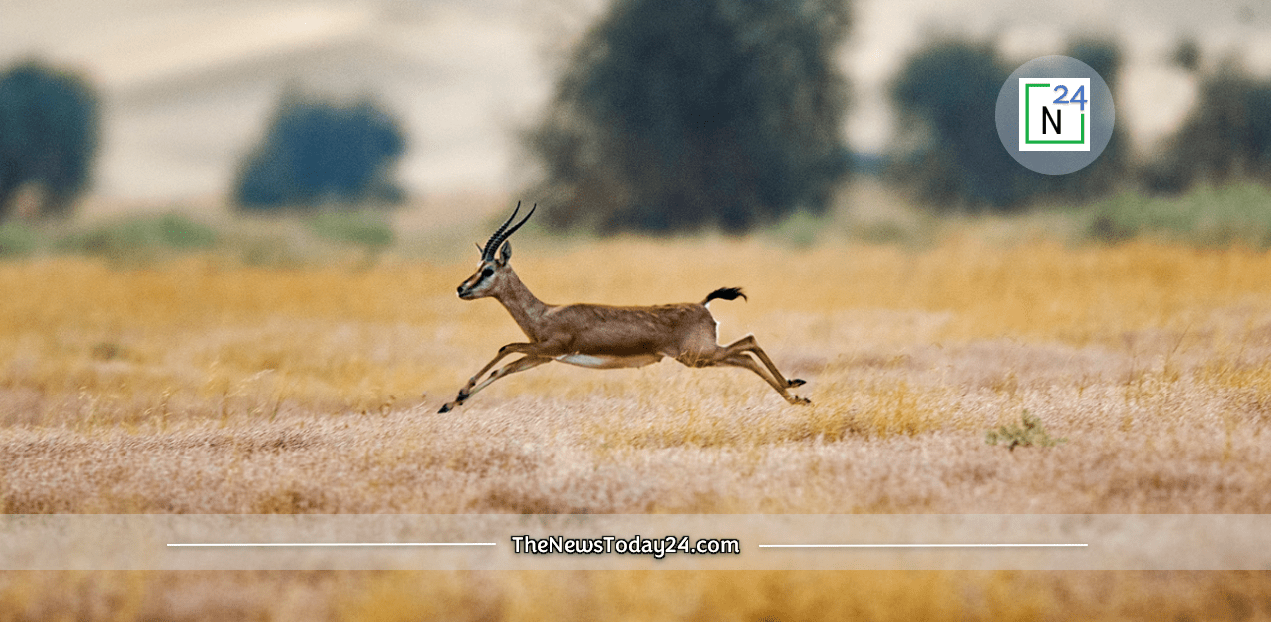
Great Indian Bustard
It is a giant bird with poor eyesight but a beautiful bird. It’s typical habitat is Cholistan and it suits in a great deal. It is extremely rare bird. As a guess, it exists even less than 150 in number. The Bustard is almost on brink of extinction and if a great attention is not given to it’s breed it may get extinct in coming years. Following are a few key features of this beautiful bird of Cholistan:
- Able to survive in very high temperatures,
- Heaviest flying bird of Asia,
- Lays 1 egg per annum
- Typical threats are illegal hunting, destruction of habitat, unrestricted vehicular traffic, livestock grazing in breeding grounds.
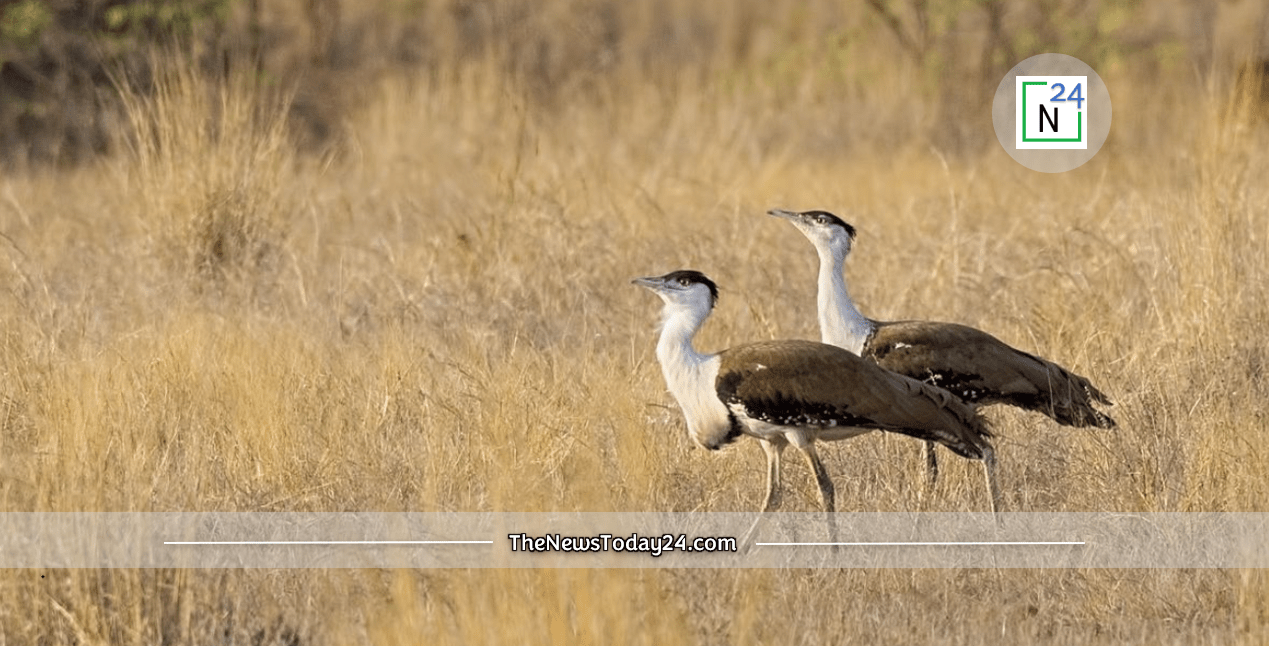
Blue Bull- Nilgai
Nilgai (Blue Bull) is another beautiful addition to the Cholistan Area of Pakistan. It is one of the largest antepole that exist outside Africa. It’s usual height is 5 feet at the shoulder and the mature males of Nilgai posses 9.5 horns.
Usually, the adult Nilgai males are bluish grey in colour while the female Nilgai are organish brown in colour. A male Nilgai can weigh up to 300 kg. Other attributes are as below:
- Preferred semi-arid scrubland and forests
- Requires water daily in summers
- Gregarious grazers and browsers
- Short sprints upto 65km/hr
- Common threats are deforestation, degradation of habitat, poaching, gender imbalance, inbreeding in the herds, poisoning due to crop damage, urbanization, human intrusion, large scale theft of newly born, malnourishment, stress, disease and droughts, majority are located near border areas.
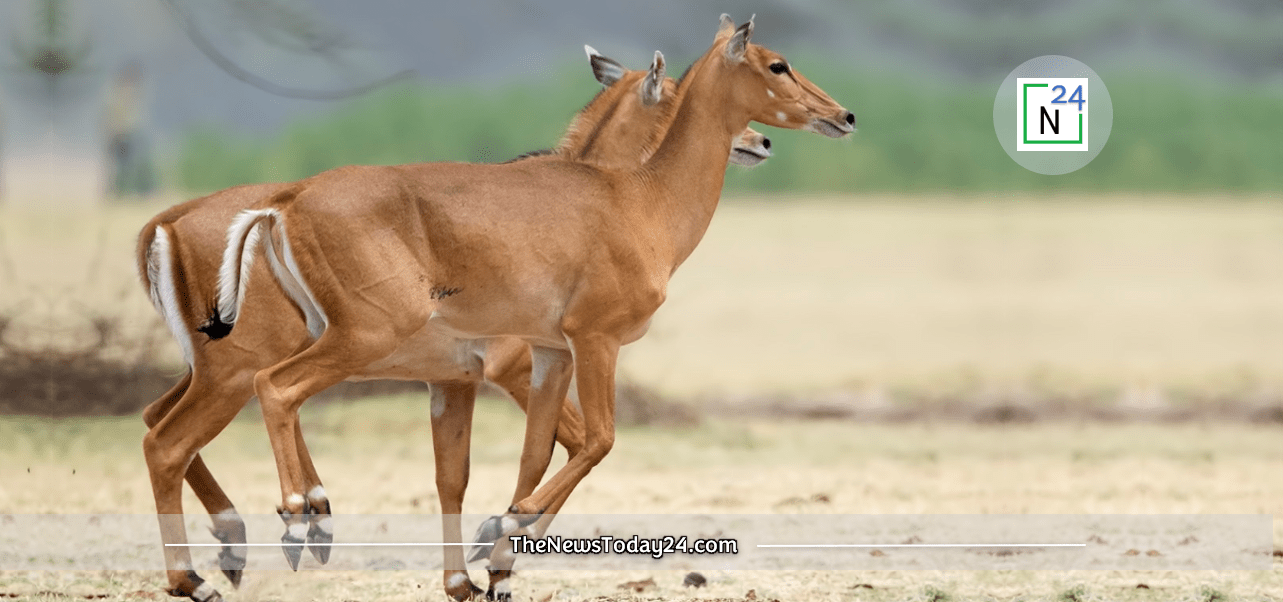
Houbara Bustard
Houbara is one of the beautiful migratory birds that is frequently available in Cholistan. In fact, Cholistan is second native habitat of Houbara bustard. It typically breeds in Central Asia and migrates to Cholistan in Winter, especially. Other key features of this beautiful creature are given as below:
- Release of captive bred birds unsuccessful,
- Cannot fly properly and do not adapt to the wilds,
- Common threats are netting for sale in middle east, excessive hunting by foreigners, rapid decline in numbers, high risk of extinction
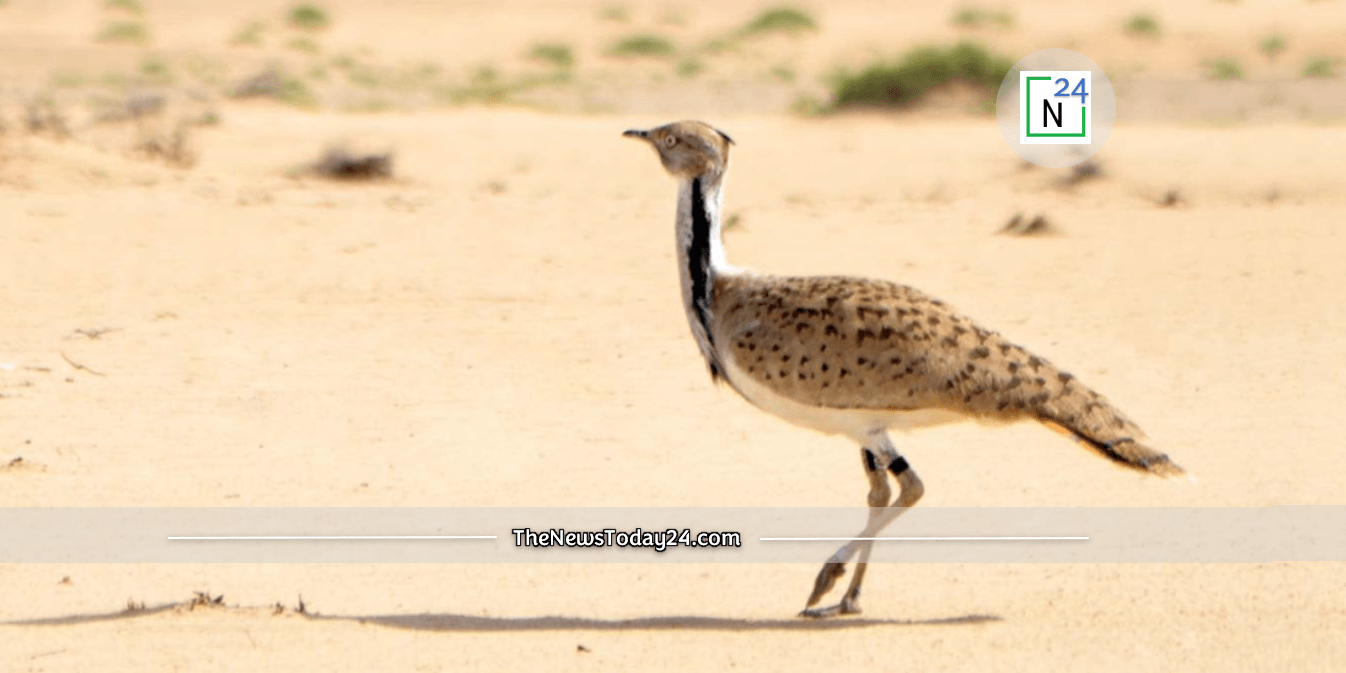
Black Buck
The black bucks are majestic and captivating creatures in appearance that are commonly available in Cholistan region. The black bucks typically have a beautiful contrast of white and black colours. The black bucks resides near water reservoirs in Cholistan as it daily needs water. There is a breeding center of black buck in Lal Sohanra national park situated near Bahawalpur city. Following are other key features if black bucks:
- Spiraling horns in male 30 approximately,
- Inhabit grassy scrubland and open forest,
- Grazers and browsers,
- Extinct in the wild in Pakistan.
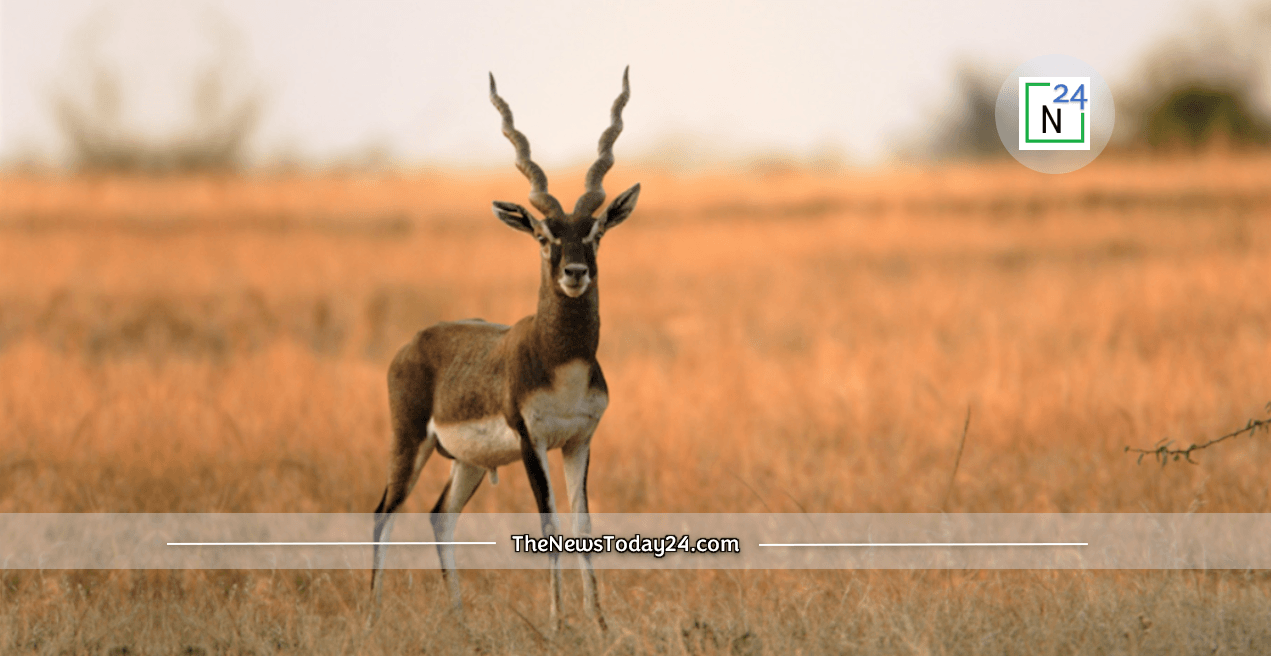
Black Francolin
The black francolin is a gamebird in the pheasant family Phasianidae of the order Galliformes, gallinaceous birds. It was formerly known as the black partridge. It is one of the common birds in Cholistan region. It has serious threat from netting and illegal hunting. Exuberant Wild life in Cholistan.
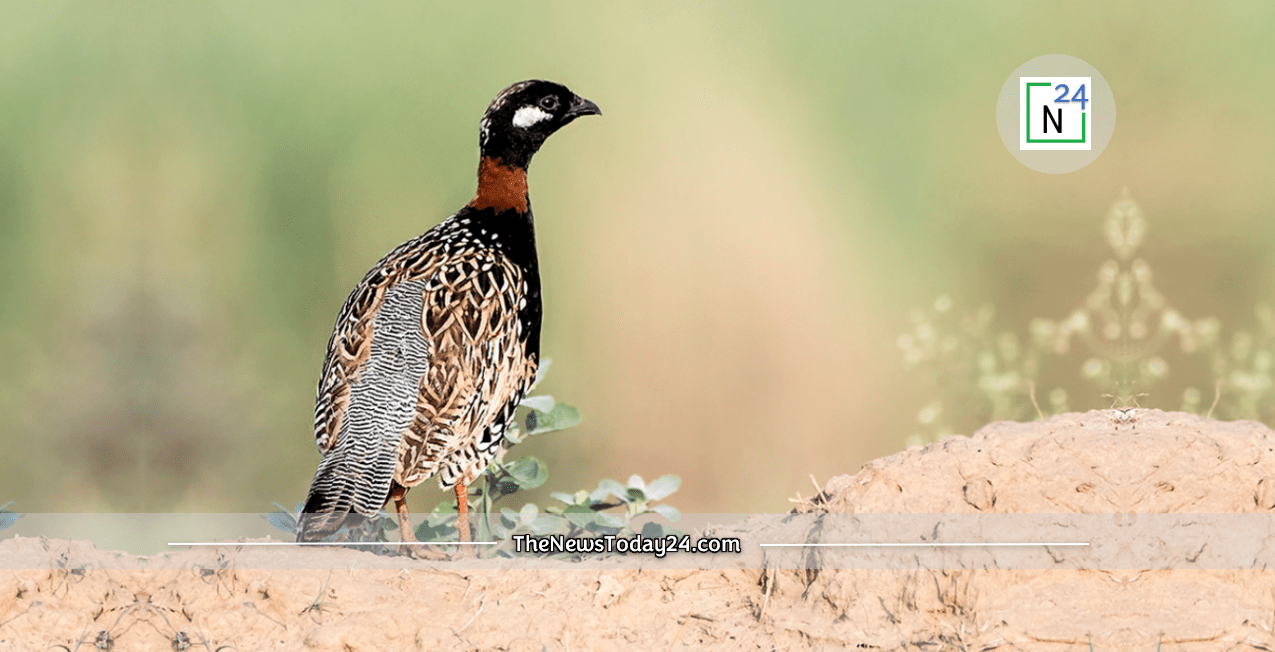
Bengal Fox
The Bengal fox (Vulpes bengalensis), also known as the Indian fox, is a fox endemic to the Indian subcontinent from the Himalayan foothills and Terai of Nepal through southern India, and from southern and eastern Pakistan and specifically in Cholistan is occasionally visible.
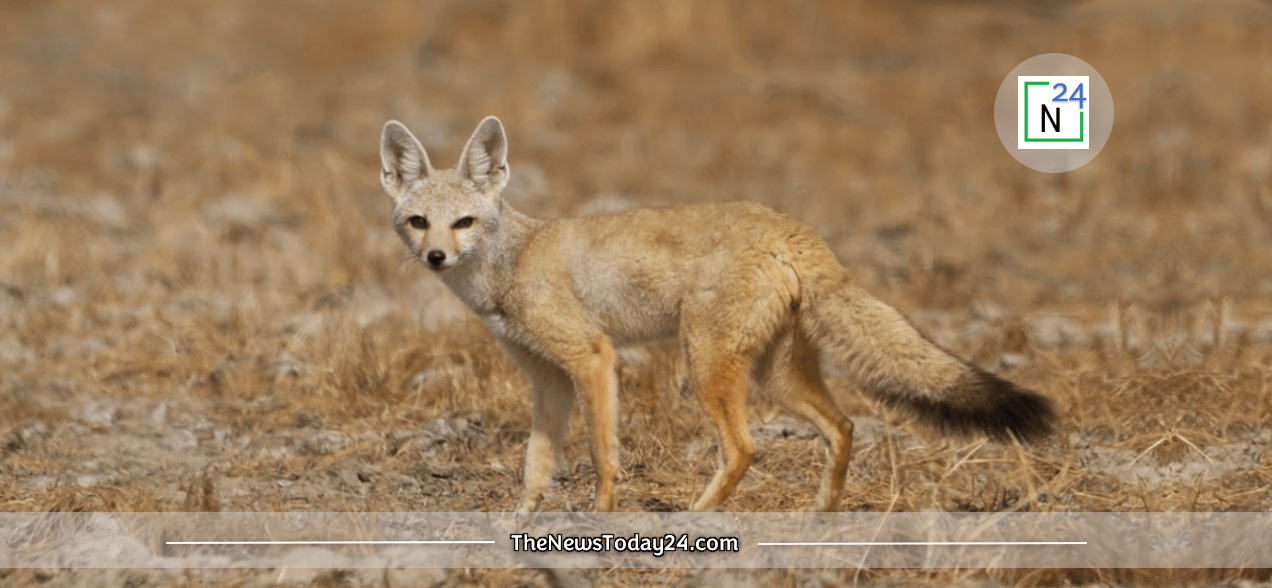
Chestnut bellied sandgrouse
- indigenous to Cholistan,
- shot in hundreds on water holes/ tobas
The major threats to Chestnut are netting by locals, watchers, and poachers for sale. Exuberant Wild life in Cholistan.
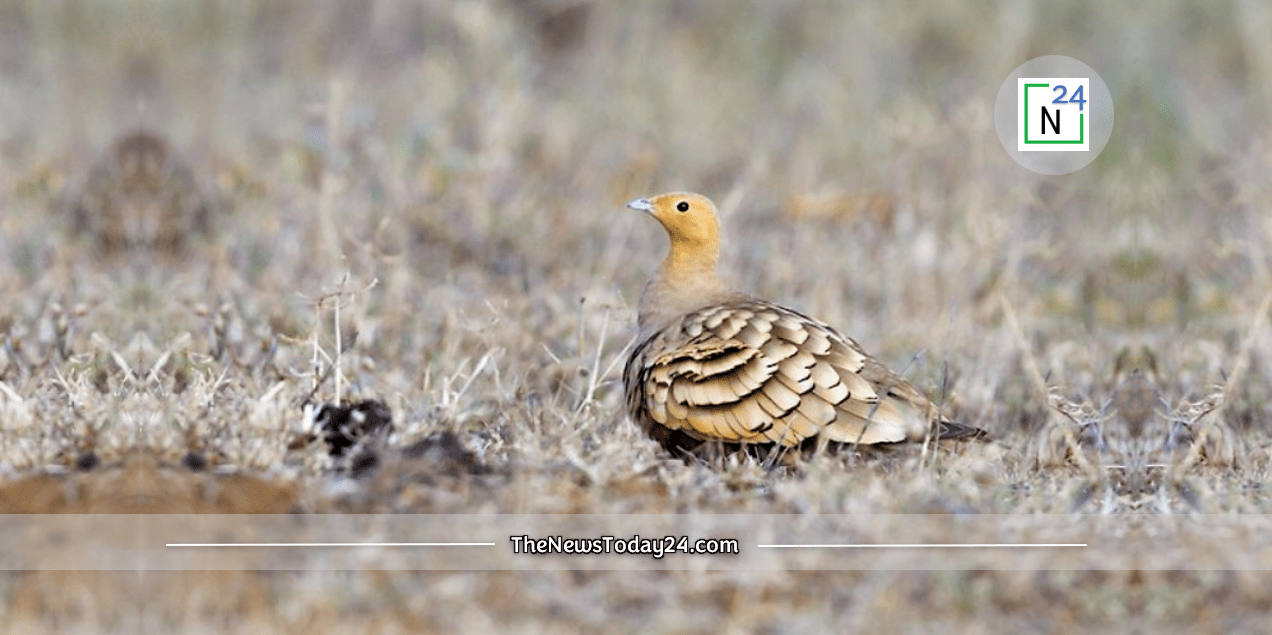
Golden Jackal
The golden jackal is native of Cholistan and is a wolf-like animal that is native to Eastern Europe, Southwest Asia, South Asia, and regions of Southeast Asia. Compared with the Arabian wolf (Canis lupus arabs), which is the smallest gray wolf subspecies, the jackal is smaller and possesses shorter legs, a shorter tail, a more elongated torso, a less-prominent forehead, and a narrower and more pointed muzzle. The golden jackal is also likes habitat of Cholistan.
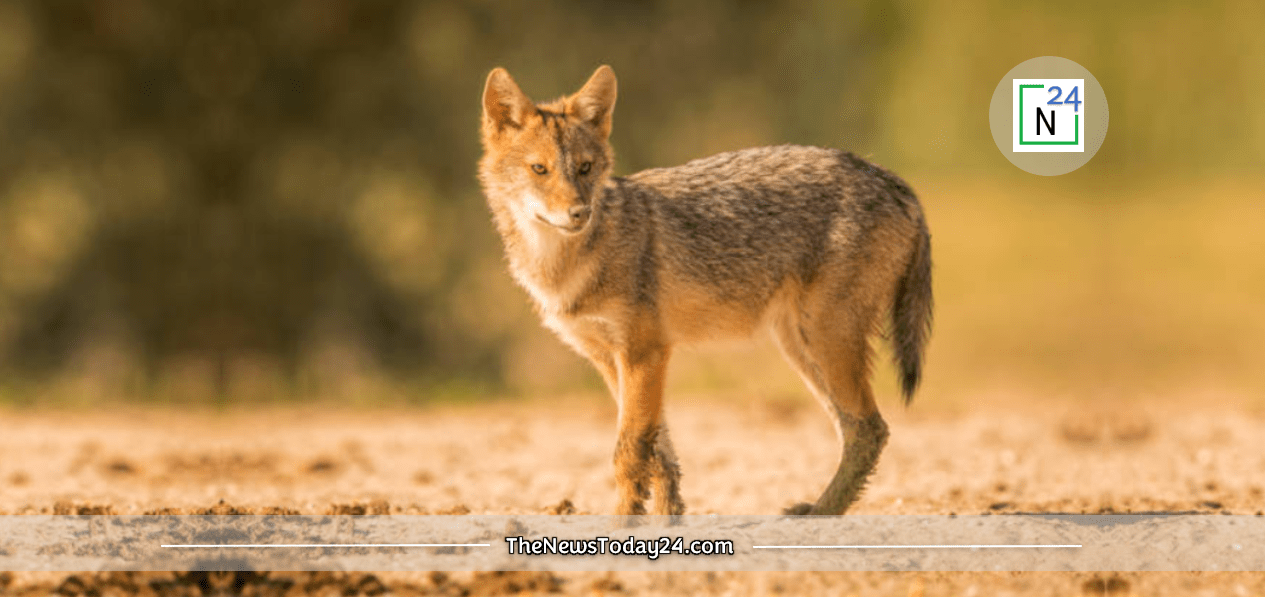
Causes of Diminishing
Due to hunting, chinkara deer were once completely eradicated from the Cholistan region. In a similar way, unlawful hunting, night hunting with spotlights, animals are totally blinded and disoriented, Jaw trap during running and climate change had reduced the population of other wildlife species. Wildlife breeding had been impacted by the drought in sandy places.
Protection
In the Cholistan Desert, conservation teams have been successful in preserving and enhancing a variety of wildlife species. Realizing the need, the Pakistani government built the Lal suhanra National Park near Bahawalpur to protect the Black Buck and other local wildlife.
Recent rains will help wildlife in the desert regions affected by the drought because water ponds there have drastically diminished.
These animals’ survival in the desert is due to a number of additional circumstances. The process of converting the grasslands into agriculture has been quite progressive in this area because of the shortage of water. Another element is the security offered to them by the Bishnois, a local group.
The Cholistan Desert’s wildlife has evolved a specialization for surviving the climate extremes. Wild animals and birds can find food and refuge in the natural vegetation. It is possible to imagine that the Black Buck, which was once common and this desert’s pride, is on the verge of being extinct.
It is estimated that the wildlife population has decreased by 50 to 80 percent during the past ten years. There are several possible causes, but habitat loss from reduced vegetation and overhunting seems to be the most obvious. For numerous other wildlife species, it is likewise true.

